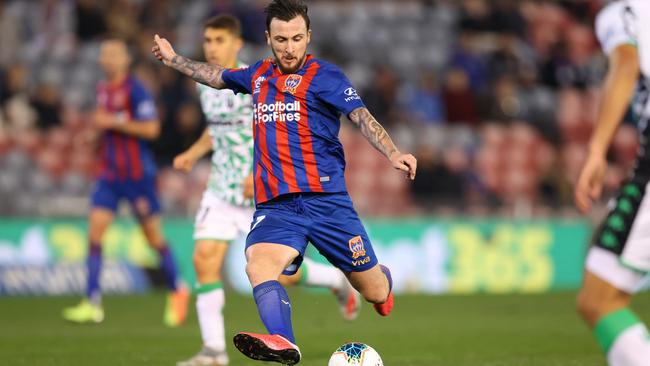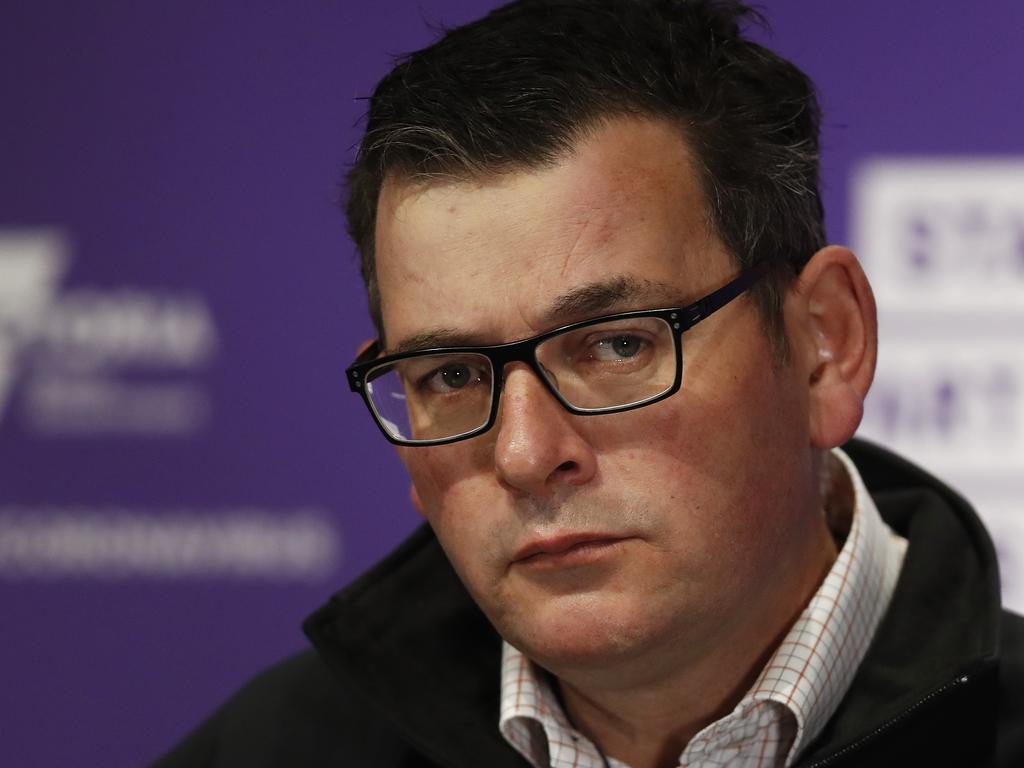Big participation doesn’t lead to TV ratings success for sport, research finds
Sports like soccer and basketball have to do a better job engaging with their big grassroots bases to attract more TV viewers.

Australia’s most popular participation sports have failed to convert their big on-field numbers to television viewers and lucrative right deals, a study has found.
Television consultancy business Media Rights Value has found there is no correlation between a sport having large junior numbers or amateur participants and ratings on TV, and sports with big player numbers have not done a good enough job to create fan interest in their competitions.
Sports need their grassroots competitions to survive and thrive to create the pathways for players to emerge in their elite competitions, but those players won’t tune in to watch without the excitement and competitiveness of the league and a closer connection with and passion for the clubs by fans.
“You can’t assume there’s a natural flow on from participation to viewing,” said MRV director Colin Smith. “You need to have a strategy in how you get fans interested or entice them to follow your particular league. You have to continually build personality as well.
“That is where cricket is failing with the Big Bash, for example. It is not building star power, it’s not building tribalism and therefore it is just an entertainment product. People are not following teams or players as part of teams.” Cricket continues to be Australia’s most popular summer sport, but Big Bash League ratings have fallen in the past two years as state-based teams continue to play without Australian Test stars and there are doubts they will appear this summer as well.
Meanwhile, popular grassroots sports like soccer and basketball have found it hard going in terms of converting the sheer number of weekend players to eyeballs watching their elite competitions.
Mr Smith said sports have to also be aware that “milliennials and younger fans tend to follow their stars from team to team, and aren’t rusted-on fans of clubs. They have to market to them accordingly.”
MRV research showed that 5-6 per cent of adults played soccer but only 30 per cent watched A-League or English Premier League, while 1 per cent played rugby league but close to 40 per cent watched NRL.
More people watched the AFL than cricket despite having similar participation numbers, while golf, netball and basketball all had high participation numbers but fewer viewers.
Soccer’s A-League has suffered a fall in ratings in recent years after the popularity of the competition peaked in about 2015. Football Federation Australia earlier this year agreed to a revamped broadcast rights deal with Fox Sports, which will see the governing body forgo $175m in revenue in the next three years after the contract was renegotiated to last for only one year worth about $32m.
Similarly, the National Basketball League has proven extremely popular in terms of crowd numbers since entrepreneur Larry Kestelman took control of the competition in 2015.
Attendances have hit record levels in several cities for the NBL and the league has attracted several overseas investors to buy individual teams.
Yet the NBL has been unable to convert its good attendance numbers into a lucrative broadcasting deal, failing to find a network to pay it a fee the last time it took the rights to the market last year. Its current deal with SBS, which has shown the NBL on its SBS Viceland channel, and the local arm of US sports network giant ESPN, sees the league share in advertising revenue only.
FFA has hopes of capitalising on the big player numbers at junior and amateur levels to potentially start its own over-the-top (OTT) streaming service to show some or all of the A-League and women’s W-League, and other levels of the code such as state-based lower leagues. But Mr Smith warned the sport had to “embrace and engage with its fans more”.








To join the conversation, please log in. Don't have an account? Register
Join the conversation, you are commenting as Logout